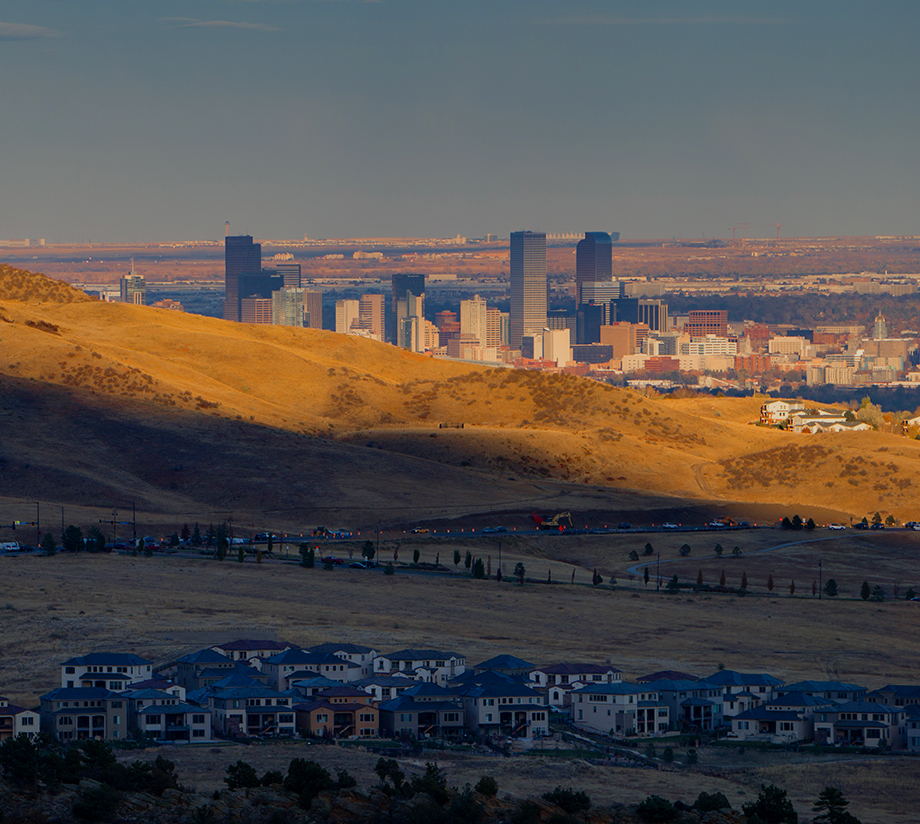
Thousands of children under nine years old are involved in Colorado traffic accidents annually. These victims and their families face enormous challenges due to the serious injuries they could suffer.
Child injuries from car accidents may require expensive treatment and therapy. Worse yet, they can cause permanent disabilities that rob your child of their future.
Your child’s injuries will likely depend on whether they were secured as required by child car seat laws. Matos Personal Injury Lawyers can help you pursue compensation for your child’s future after a crash in Lakewood, CO. Call our law firm at (720) 912-7274 for a free initial consultation.
How Matos Personal Injury Lawyers Can Help You and Your Child After a Car Accident in Lakewood, CO

Matos Personal Injury Lawyers has represented injured people in Lakewood, Colorado, since 2016. Our Lakewood car accident lawyers have recovered millions of dollars in compensation to aid our clients in their recoveries.
If you or your child suffer an injury in a collision caused by someone else’s wrongful or negligent actions, our attorneys will provide the following services:
- A free legal consultation to explain your options for pursuing compensation
- Preparation of your insurance claim and negotiations with the insurer for a fair settlement
- Litigation against insurers that do not settle
The forces generated by a car accident can cause serious injuries to you and your child. Contact our Lakewood personal injury lawyers to learn about your right to pursue compensation on behalf of your injured child.
How Many Children Are Injured in Car Accidents in Colorado?
A query of the Colorado Crash Data Dashboard indicates that 15,316 children nine years old or younger were involved in traffic accidents in 2023. This number includes children injured in pedestrian accidents and bicycle collisions.
Of the children involved in car crashes:
- 389 had no safety restraint at all
- 130 were improperly buckled into a safety restraint
- 9,486 were properly restrained
The investigating officers were unable to determine the safety restraint usage of the remaining children.
Accidents involving child fatalities or injuries included:
- One fatality and 119 injuries among those not restrained
- Zero fatalities and 72 injuries among those improperly restrained
- Two deaths and 896 injuries among those properly restrained
Using these numbers, you can calculate that 30% of those without restraints suffered injuries. Over 55% of those improperly restrained suffered injury or death. But only 9% of the children properly restrained were injured or killed in car accidents.
Child Car Seat Laws in Colorado
Every state knows that child car seats reduce the risk of injury and death. As a result, every state requires car seats for children. These laws take two forms. Certain jurisdictions simply state that children must use safety restraints up to a certain age, height, or weight.
Other states give specific instructions about the car seats required as the child grows. Colorado’s state law has three stages:
Rear-Facing Car Seat
Children must ride in a rear-facing car seat as long as they are less than one year old or less than 20 pounds, regardless of age. The greatest risk to infants involves whiplash. The whipping motion they experience in a crash can cause severe injury to their weak necks. A rear-facing car seat places the child on their back with the seat supporting their head and neck.
They also face a risk of ejection. Rear-facing car seats hold infants in place with a five-point harness that goes over the shoulders, across the chests, and between the legs.
Front-Facing Car Seat
Once a child reaches their first birthday and weighs more than 20 pounds, they can graduate to a front-facing car seat. A front-facing car seat has an integrated seat back and headrest. They also retain the five-point harness.
In a crash, the seat and harness cooperate to prevent the child from whipping around too much. However, since their head and neck are not supported, the child can still experience whiplash injuries or even a concussion.
Additionally, since they face forward in this type of car seat, an impact to the front of the car can cause the child to slip out of the harness and get ejected. As a result, child safety experts recommend removing bulky coats before buckling the child in the harness.
Booster Seat
A child graduates to a booster seat when they weigh more than 40 pounds, regardless of age, or turn four years old. A booster seat has no integrated harness. Instead, the booster lifts the child high enough to use the vehicle’s seat belt. The child should sit high enough that the seat belt crosses the child’s collarbone rather than their neck.
The child should remain in the booster seat until they are over 40 pounds and at least eight years old. At this point, they can use the vehicle’s seat belt without a booster if they can do so safely and comfortably. They can also continue to use the booster if they need the extra height.
Schedule a Free Case Consultation With Our Lakewood Car Accident Attorneys
A car crash can threaten your child’s health and your family’s finances. Contact Matos Personal Injury Lawyers for a free consultation at (720) 912-7274 to discuss your child’s car crash injuries and how we can help you pursue fair compensation.
